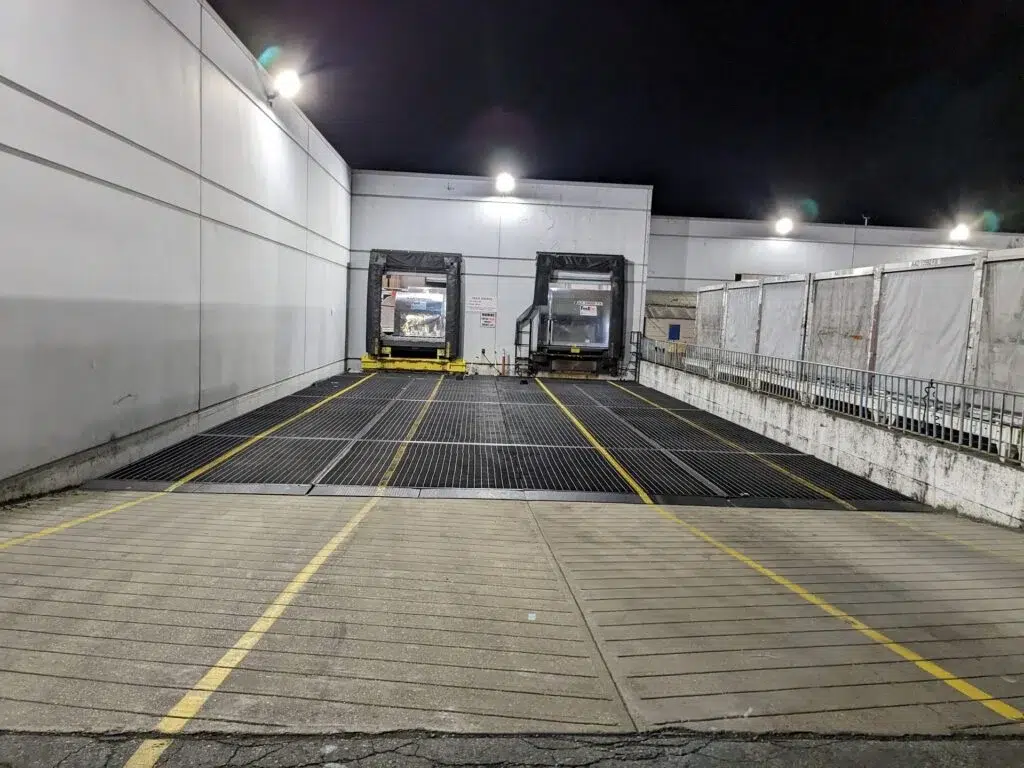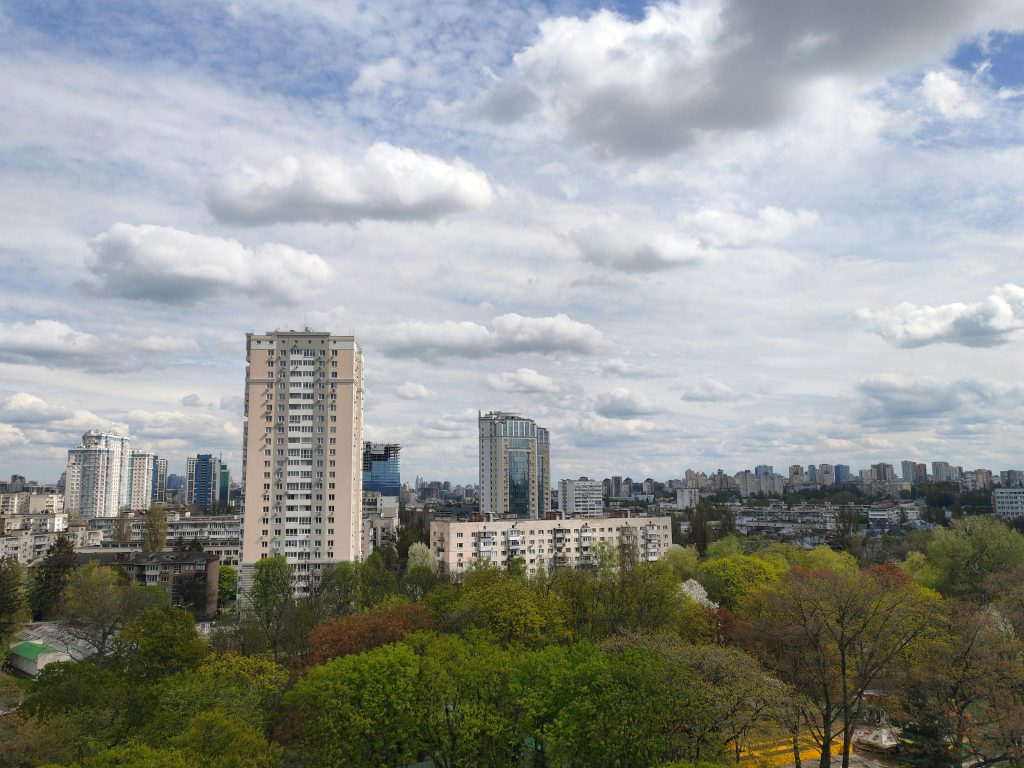It is essential to note that the process of applying for a Subclass 866 Protection Visa can be confusing and overwhelming. If a refusal happens, it is crucial to know how to appeal. This guide walks you through the process of appealing these types of decisions and provides some clarity on the process. It equips people with the information they need to respond appropriately to this challenging circumstance.
Understanding the Refusal Letter
Step one is to review the rejection letter closely, as this explains the rationale for the 866 protection visa rejection. Knowing these reasons, one can target more specific issues in their appeal. Pay close attention to any deadlines mentioned for appealing; if you miss these dates, you may lose the chance to challenge the decision.
Seeking Professional Advice
It’s a good idea to consult an immigration lawyer or agent. They possess the skills and experience to decipher complex legal terms and serve as a valuable guiding force. They will help to prepare a winning case by pointing out errors or something that you may have missed in the initial application. Your chances for a successful appeal always go up with the help of sound legal recourse.
Gathering Additional Evidence

It is common to need to supplement an appeal with additional evidence. Applicants should obtain supporting documents to respond to the grounds for refusal. Such updates may include country comments, personal statements, or testimonials. Providing that all the evidence presented is relevant, it is something that you cannot take lightly. A well-organised bundle of documents is the difference between success and failure on appeal.
Preparing for the Tribunal
Most visa refusals are subject to review by the Administrative Appeals Tribunal (AAT). To bring a successful appeal, it is necessary that you fully understand the tribunal process. Applicants should research the methods and expectations associated with the program. Your statement increases the chances of the tribunal favourably noting your case by preparing a clear, well-structured submission, with substantiating evidence.
Writing a Strong Statement
One such aspect is the personal statement, which immensely contributes to the appeal’s attractiveness. It must unequivocally address the reasons for rejection, providing additional light or new evidence. The statement must be truthful and authentic; the applicant must demonstrate a genuine need for protection. An engaging story can help illustrate the applicant’s situation, thus making it a valuable tool for this part of the application.
Practising for the Hearing
Preparation for the tribunal hearing is critical. Practising responses to potential questions boosts confidence. Applicants should be ready to discuss their situation openly and honestly. Understanding common questions and having clear, truthful answers will help present a convincing case. This preparation demonstrates seriousness and commitment to the appeal process.
Understanding the Hearing Process
The tribunal hearing is an opportunity to present the case to the tribunal member. There’s no need to panic here. Hearing the questions fully and responding in a direct, truthful manner is very important. The tribunal will likely inquire about your individual circumstances and the reasons that led you to seek protection. Being ready to address such issues can be paramount in determining the outcome of the hearing.
Post-Hearing Steps
Then comes the decision, for which you need to be patient after the hearing. The tribunal will notify applicants in writing of its decision. Whether you obtain the visa or not, the reason(s) why can provide some clarity. Other options include pursuing alternative legal action if the appeal is not in the applicant’s favour or seeking additional legal advice.
Exploring Further Options

In other instances, there may be additional legal paths that you can still take. Consult with lawyers about potential judicial reviews or alternative courses of action. You should approach this with caution, as it will require extra time and energy. Being aware of all available options enables individuals to make informed decisions about their next steps.
Conclusion
Bringing an appeal against a denied subclass 866 protection visa will take time, organisation, and you will need to be persistent. With the right mindset and guidance, anyone can improve their likelihood of achieving their goal. When done wisely, this is the path to the bright side of the future, but it is not a proven approach. In an increasingly complex process, the objective is empowerment through information.





















